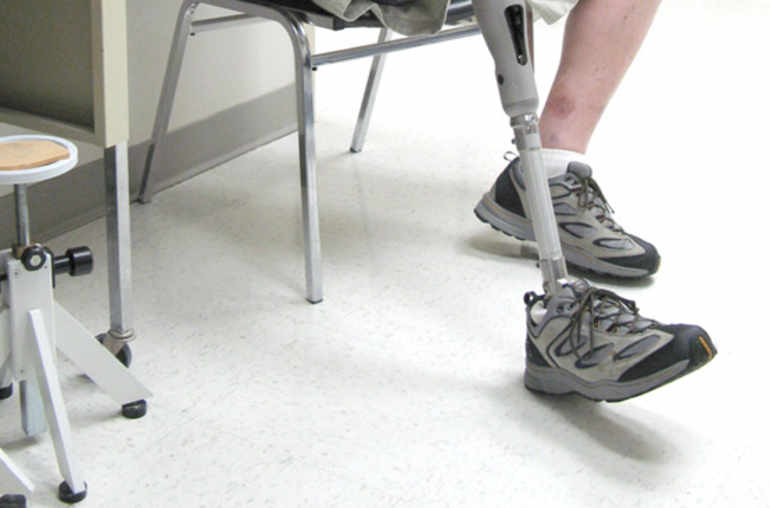PROTECT YOUR DNA WITH QUANTUM TECHNOLOGY
Orgo-Life the new way to the future Advertising by Adpathway
Many optical practices think they have an inventory problem when they really have a visibility problem. The shelves look full, but customers can’t always find what they want. In some cases, staff scramble to locate frames or lenses. By the time they do, the patient has already moved on.
Inventory affects more than stock counts. It influences how fast staff respond and how smoothly the sales floor runs. When the system falls behind, even small issues, like delayed restocks or miscounted frames, can start cutting into daily revenue.
That’s why smart clinics are treating inventory tracking as part of optometry practice management, not just a back-office task.
The Hidden Link Between Tracking and Sales
Every sale depends on timing. If a customer walks in looking for a specific frame style and it’s out of stock, that’s a lost opportunity. But if the team knows exactly what’s available, they can offer alternatives and save the sale.
When inventory data updates in real time, opticians sell with confidence. They stop guessing what’s in stock and start guiding customers toward what’s ready to buy. That difference shows up at the register and in patient satisfaction surveys.
Many practices also use tracking data to predict buying trends. If blue light lenses start moving faster in Q2, the team can stock up before the next rush.
Why Manual Tracking Falls Short
Old-school spreadsheets can’t keep pace with modern optical sales. They rely too much on memory and manual checks. By the time the numbers are tallied, several frames may already be misplaced, sold twice, or sitting unsold because no one noticed them.
Manual systems also slow down team communication. A staff member at the counter may not know that new frames arrived that morning. Without real-time updates, staff lose valuable selling chances simply because the data isn’t shared quickly enough.
Where the Right System Makes a Difference
Digital inventory tracking creates a clear line between the back office and the sales floor. It syncs product movement across departments so everyone works from the same source of truth. That connection reduces friction while bringing in more structure. Some facts around this are listed below.
- Automated updates lead to accurate counts. They prevent double-selling and highlight missing items fast.
- As for sales insights, managers can see which frames move fastest and which need markdowns.
- Automatic reorder alerts prevent long stock gaps for better supplier coordination
- Linking sales data with inventory shows who’s selling what and why.
- Experience better customer satisfaction. If staff can promise availability confidently, patients trust the service more.
Each point strengthens sales indirectly. When information flows cleanly, the entire patient experience improves from the moment they walk in to the moment they leave.
Turning Data Into Sales
Numbers alone don’t sell frames. It boils down to how your staff use them. Knowing which colors or designs sell fastest allows teams to arrange displays strategically. They can move high-interest pieces to eye-level spots. They can also pair them with complementary lens options.
Inventory data also reveals patterns in customer behavior. It shows if certain styles attract younger patients. They also explain the science behind those who are buying multiple pairs. With this data, staff can tailor their approach. They can shift from reactive selling to guided recommendations that feel more personal.
When a system makes this data visible in real time, the sales process feels effortless. Customers notice the organization, even if they don’t see the system behind it.
Why Outsourced Support Helps
Some clinics partner with external teams to manage inventory tracking. This makes everything easier for those who manage multiple locations.
Outsourcing saves your internal team from counting the boxes regularly. Their time will be better spent on patient interaction and more high-ticket tasks. External partners maintain accuracy, run audits, and generate reports that turn numbers into clear insights.
For smaller practices, outsourcing also saves time during staff transitions. It also saves everyone during busy seasons. The workflow stays steady even when in-house schedules shift. That consistency keeps sales performance from dipping during turnover.
Inventory as a Sales Tool
A connected inventory system does more than prevent stockouts. It builds trust. Patients feel the difference when staff can instantly check if a frame is available in their size or color. That responsiveness turns browsers into buyers.
Good inventory control doesn’t just keep products on the shelf. It keeps momentum on the sales floor. Every organized stockroom and accurate count adds one more reason for customers to come back. In optical retail, the right system doesn’t just track items. It tracks opportunity.


 2 days ago
3
2 days ago
3


















.jpg)






 English (US) ·
English (US) ·  French (CA) ·
French (CA) ·